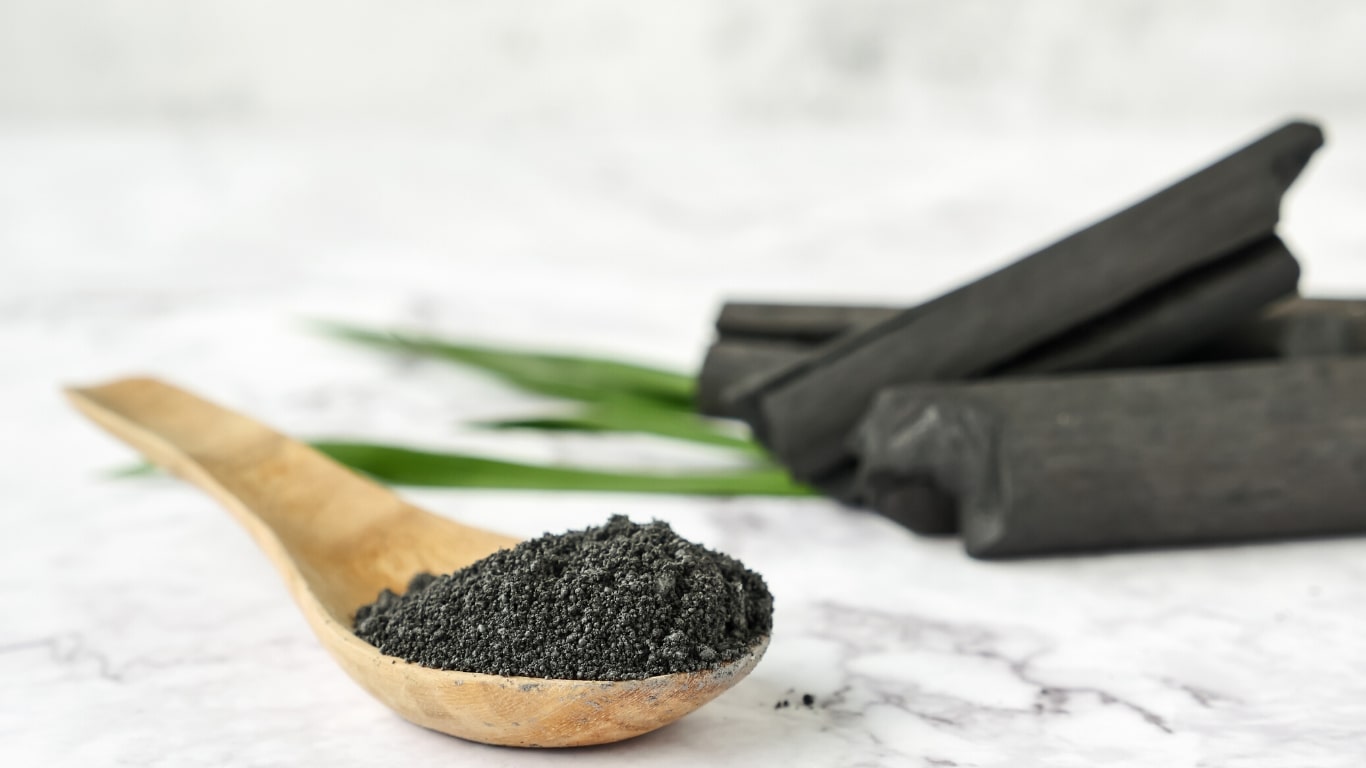
The Beauty Secrets Of Women In Ancient Greece
The Beauty Secrets Of Women In Ancient Greece

☞ Table of Contents:
The price for beauty in ancient Greece! For the women of Ancient Greece, beauty was an important part of their everyday lives. Like us today, they had particular standards of beauty, styles and women that they looked up to. While beauty in ancient times was far from what we see now, it is fascinating to see how the standards and methods have evolved. Some are shockingly outdated!
The Ideal
Aphrodite was the Greek goddess of love, but she was also the goddess of beauty. The beauty standards in ancient times can be seen in the depictions of Aphrodite and other prominent females in Greek mythology. The statues and artwork depict women with fuller figures. They were described as fair-skinned with gentle faces and long wavy hair.
Many of these features were considered a symbol of wealth. Some women even went as far as using chalk and toxic lead to lighten their skin! If you were fuller in figure it meant you had plenty to eat. And white skin? It meant you rarely saw the sun. In wealthy societies, it was a women’s duty to stay home and tend to the household and family. In contrast, the slaves worked outside, gaining a tan from the hot Greek sun.
Helen of Troy was another ideal of beauty. She was of course the woman who launched a thousand ships. Men and heroes fought a ten year battle for her in the Trojan War. Helen was said to have red hair. Redheads were seen as the epitome of beauty in ancient Greece.
☞ Related: Ancient Greece Beauty – The Struggle Of Being Beautiful
The Real Price Of Beauty In Ancient Greece
While they may have been pioneers, ancient beauty in Greece had some unfortunate consequences, especially when it came to skin lightening. The skin whitening method used by women in ancient times was first described in Greece. One of the earliest mentions of a cosmetic recipe was by Theophrastus of Eresos, the Greek philosopher. He described the process of making a lead carbonate we now call ceruse. This product was used regularly by women in Ancient Greece to maintain their fair skin tone. Unknown to them, this product was extremely toxic!
☞ Related: The Greek Female Philosophers You Really Should Not Ignore
A Symbol Of Status
Makeup was more than just a way to enhance one’s beauty in ancient Greece. Different styles were adopted by different women. One type of women being prostitutes or hetaires. These women could be identified by the way they did their makeup. Hetaires tended to wear a bolder look. They had exaggerated dark eyes, lined with charcoal, and brightly painted lips. The more prestigious women of ancient Greek society wore a more natural look. Hetaires were also identifiable as they died their hair and wore promiscuous attire.
The Hairstyles Of Ancient Greece
The earliest depictions of women in Greece show them wearing their hair in many thin braids. This hairstyle can be seen on kore, which were Greek sculptures of women from the archaic period.
However as ancient beauty in Greece changed, so did the hairstyles. While women continued to have long hair, in the 5th century they began to wear it up, usually in a bun. Hairstyles were often adorned with ornaments and decorations, even jewels for those wealthy enough. Hair was often cut short as a symbol of mourning or it was a sign of a lower status.
According to beauty in ancient Greece lighter coloured hair was favoured so it was also common for women to lighten their hair. To do this they used ingredients such as vinegar and lemon juice. It was also common for women to curl their hair. The curls were set in place with beeswax to make the hairstyle last longer.
Hair Removal
Hair removal is not a modern practice. The history of hair removal has been traced back thousands of years to the beauty regimes of ancient Greece. During these times it was fashionable for women to have no body hair. This is again reinforced by the depictions of women you can see in ancient artwork. There are many theories as to how they did it. One being that they singed their pubic regions with a flame, others being that they were plucked or shaved with razors. The latter sounding far less dangerous!!
Beauty Ancient Greece – The basic products we can still use today
If you were to open your kitchen cupboards, we can guarantee you would find some of the products that were used to beautify the women of ancient Greece. Don’t underestimate the power of those everyday ingredients! Most of these are still used in our cosmetics today!
Olive Oil
It will come as no surprise to you that one of the most common things used in ancient beauty regimes in Greece was olive oil. The beneficial qualities of olive oil stretch far beyond just culinary. In ancient times, it was frequently used cosmetically. Its rich moisturising texture was perfect for applying to dry skin, keeping it soft and supple. The olive oil was often infused with herbs to give it a beautiful fragrance. Olive oil was also used as a conditioning treatment for women’s hair.
☞ Related: A Brief History Of The Olive Tree
Honey
Honey has forever been recognised for its antibacterial properties. Ancient beauty in Greece relied heavily on this versatile and healing product. It was used medicinally, incorporated in skin and makeup products for women, as well as being an extremely prized commodity.
Beeswax
Beeswax had a number of medicinal uses in ancient times. Hippocrates, also known as the ‘father of medicine’ in Greece used it in his medicinal arsenal. However, in regard to ancient beauty in Greece, beeswax was equally as useful. Galen, a prominent Greek physician is known for creating one of the first known cosmetics! This cream consisted of beeswax, olive oil and rose water.
Ancient Perfumes
Scented perfumes were an integral part of beauty in ancient Greece. After a woman had bathed she would apply scented oils. These ancient perfumes were made by infusing oils with fragrant flowers. Flower heads were placed in the oil and left to sit, when ready they were strained through a cloth leaving a beautifully scented perfume!
Charcoal
Beauty in ancient Greece entailed several creative ways to enhance women’s natural features. This involved using many things found in nature. Women used charcoal to darken the colour of their eyelashes and line their eyes. Others would use powdered minerals so obtain just the right colour.
Eyebrows In Ancient Greece
Eyebrow shape and thickness has seen much evolution over the years. Bushy, bold, or pencil-thin, you name it! But in ancient times it was the unibrow that was fashionable. The unibrow was considered a symbol of beauty and intelligence and women painted the gap between their natural eyebrows to give the appearance of on big brow! If painting their eyebrows didn’t achieve the desired look, some women would use animal hair, stuck on with tree resin!
- Beauty in Ancient Greece included some interesting methods and trends. What did you find most surprising?
*Disclaimer: This page might include affiliate links. If you decide to book something through one of them, I might get a little bonus, but it won't cost you anything extra.*

























